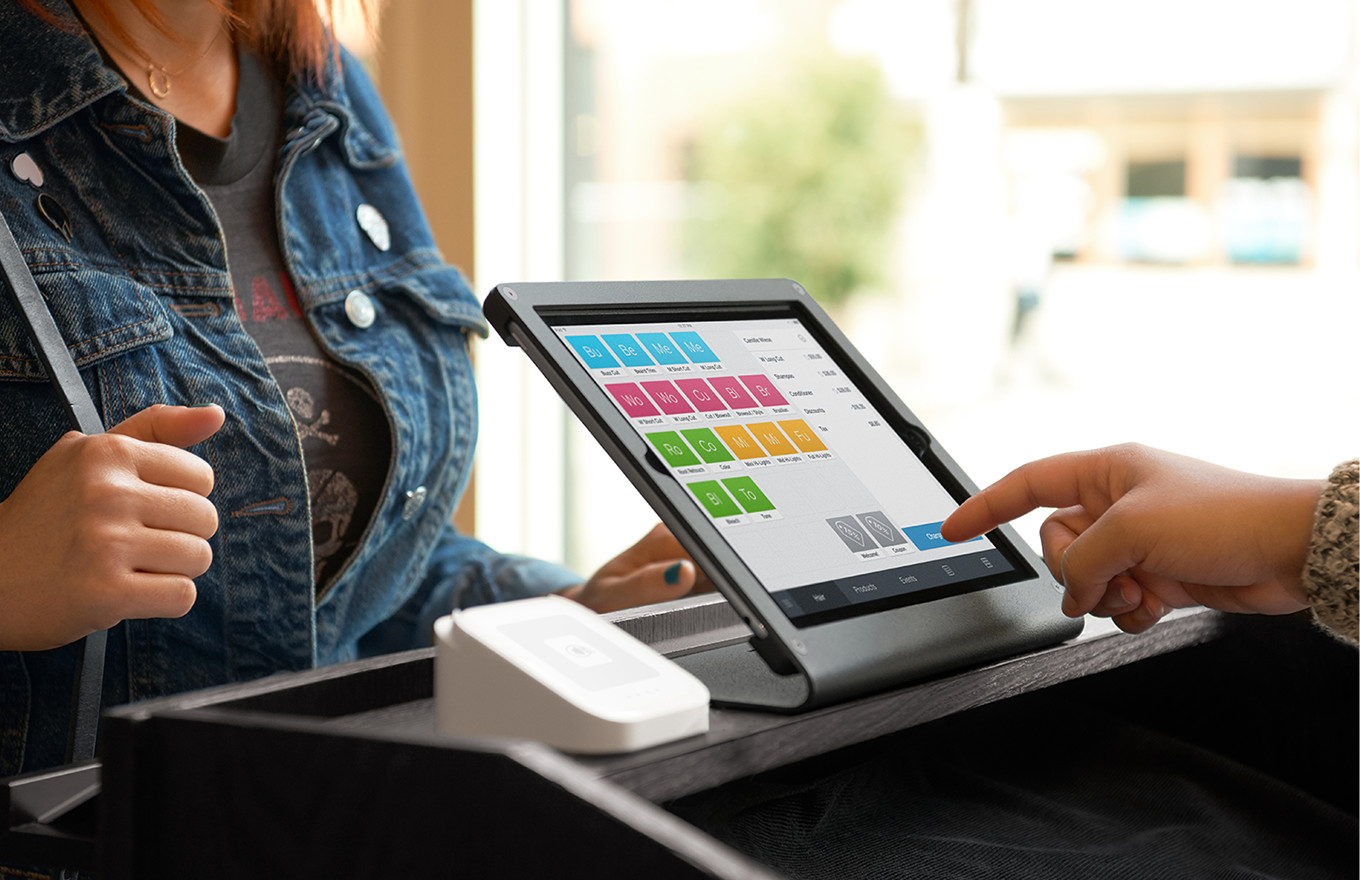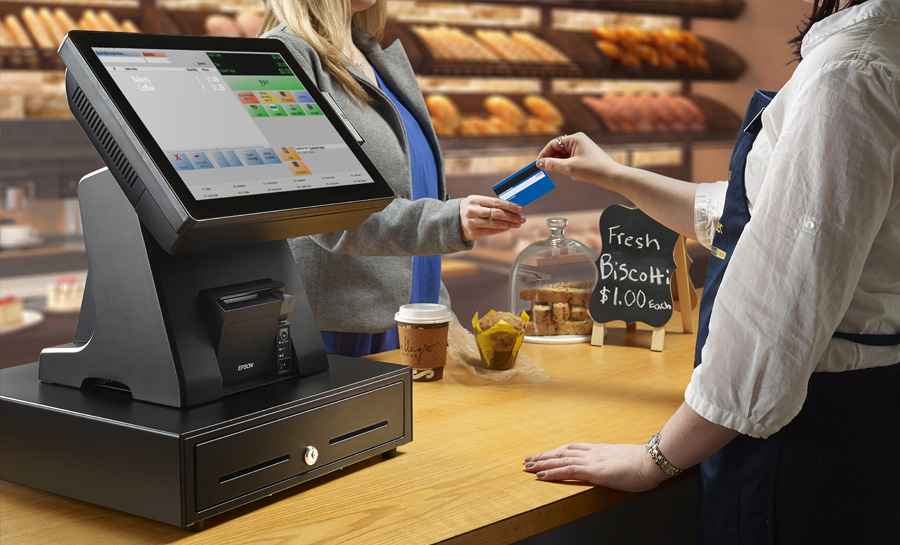iPad POS System: In What Way Point of Sales Systems Boost Retail Productivity
Cloud Retail POS System: Our Point-Of-Sale System Enhances Deals Effectively
Point of Sale Systems Overview
Picture strolling into a dynamic coffee shop, the aroma of fresh espresso swirling around you, and behind the counter, a sleek point of sale system humming quietly as orders fly in. Have you ever stopped to consider what powers that smooth transaction? POS systems are the unsung heroes of commerce, silently managing the dance of sales, inventory, and customer information. What exactly makes these systems tick?
The Core Elements of a POS System
At its heart, a POS system is far more than a sales register. It integrates several aspects to make sure smooth, accurate, and efficient sales operations. Here's a breakdown:
- Hardware: This includes terminals, barcode scanners, receipt printers, and card readers. Each piece plays an essential function in catching deal information quickly.
- Software: The brain behind the hardware, managing sales, stock tracking, customer management, and reporting.
- Payment Processing: Firmly handling credit, debit, and digital payments to make sure money streams properly and securely.
- Stock Management: Instantly upgrading stock levels to prevent surprises at the back of the store.
Why Does a POS System Matter?
Believe back to the last time you waited in a long line, seeing the cashier fumble with a sluggish, out-of-date register. Frustrating, right? A modern POS system accelerates transactions, decreasing waiting times and increasing client satisfaction. Beyond speed, it provides insights. Ever wondered how a small bakeshop tracks which croissants fly off the racks every morning? It's the POS software application crunching those numbers behind the scenes.
Functions That Modification the Video game
| Feature | Advantage | Effect |
|---|---|---|
| Real-Time Sales Tracking | Instant updates on sales information | Allows quick decision-making and stock modifications |
| Consumer Relationship Management (CRM) | Stores customer purchase history and preferences | Allows tailored marketing and loyalty programs |
| Mobile Availability | Access POS information from smart devices or tablets | Boosts flexibility for company owner on the go |
Concerns to Contemplate
How much could your service advantage from integrating a POS system that not just processes sales but also acts as a small command? Could comprehending consumer purchasing patterns through data analytics offer you an edge that competitors lack? Sometimes, the most basic tool in your toolbox holds the crucial to unlocking unpredicted capacity.

Checking out the Spectrum of POS Technologies
Ever wondered why some Restaurant Point of Sales System POS systems seem like a breeze while others appear like a cryptic puzzle? The kind of technology behind your point of sale can make all the distinction. From the cumbersome registers of the past to streamlined mobile terminals, comprehending the subtleties can save you from numerous hours of frustration and missed sales.
Standard POS Terminals
These are the stalwarts-- the traditional countertop terminals that often come with a built-in screen, money drawer, and invoice printer. While they may seem archaic, their reliability in high-volume environments is unrivaled. However, their rigidity can feel like trying to fit a square peg in a round hole when your service needs versatility.
Mobile POS (mPOS)
Imagine having the ability to finish a transaction anywhere in your store or event. That's the magic of mobile POS. Utilizing tablets or mobile phones, mPOS systems use agility and ease of use. Beware: not all mobile setups are developed equivalent. Connection missteps and security vulnerabilities hide in the shadows if the technology isn't robust.
Cloud-Based POS
Here's where the future meets today. Cloud POS platforms store data offsite, permitting real-time gain access to and updates. This gets rid of the need for bulky regional servers and grants flexibility for multi-location services. Still, reliance on web stability indicates an unexpected outage can grind operations to a stop-- something to think about seriously.
Self-Service Kiosks
Self-service POS systems have transformed junk food and retail landscapes. They decrease wait times and empower clients. Yet, the preliminary setup isn't just a plug-and-play affair; it demands meticulous personalization to make sure smooth interaction and backend integration.
Hybrid POS Systems
Why pick one when you can mix numerous? Hybrid POS services combine traditional hardware with cloud connectivity or mobile access. They're the chameleons of the POS world, adjusting to diverse functional needs. Syncing diverse innovations requires knowledge to avoid information discrepancies and workflow traffic jams.
| POS Type | Secret Function | Potential Missteps |
|---|---|---|
| Traditional | Robust hardware, in-store installation | Limited flexibility, bulky footprint |
| Mobile (mPOS) | Portability, ease of use | Connection problems, security threats |
| Cloud-Based | Remote gain access to, scalability | Web reliance, data security |
| Self-Service Kiosks | Customer autonomy, speed | Complex setup, combination requires |
| Hybrid | Flexible, multifunctional | Synchronization complexity |

Expert Tips for Choosing Your POS Technology
- Evaluate your business flow: Is speed at checkout your concern or comprehensive inventory tracking?
- Consider your environment: Will the POS survive the pressure of a hectic floor or outside occasions?
- Evaluate integration potential: Can your POS talk with complete confidence with your accounting, CRM, and stock systems?
- Security initially: Look beyond SSL certificates; consider end-to-end file encryption and PCI compliance.
- Check the user experience: A system is just as good as its ease of usage for staff and customers alike.
What's clear is that no single POS technology fits all circumstances. The essential depend on matching technical capabilities with functional realities, a dance in between development and functionality. After all, when innovation flows effortlessly, business hums along-- and consumers leave smiling.
Streamlining Transactions and Enhancing Client Experience
Imagine a bustling dining establishment where every second counts-- POS systems act like the hidden conductor of an orchestra, timing orders, payments, and stock updates with impressive precision. The moment a consumer positions an order, the system immediately interacts with the cooking area, lowering wait times and reducing mistakes. But it's not just about speed. These systems change the way personnel interact with customers, allowing servers to focus on hospitality instead of fumbling with outdated money signs up.
Beyond Checkout: Inventory and Sales Analytics
Ever wondered how a small store tracks its bestsellers or handles stock without drowning in documents? Retail POS applications supply a digital ledger that syncs sales information with stock in genuine time. This indicates no more guessing games or surprise lacks throughout peak hours.
| Function | Advantage | Specialist Suggestion |
|---|---|---|
| Real-time Stock Tracking | Avoids stockouts and overstocking | Set automated reorder thresholds based on seasonal patterns |
| Sales Reporting | Determines top-selling items and sluggish movers | Evaluate sales data weekly to change promos dynamically |
| Employee Management | Tracks hours, sales, and performance | Usage shift data to optimize staffing during busy durations |
Developing Tailored Experiences with Information
What if a POS system could remember your preferred latte art or preferred table? Hospitality locations leverage these systems to catch consumer choices, fostering commitment and repeat check outs. By incorporating commitment programs and tailored promos directly into the checkout process, services change regular deals into memorable minutes.
Getting Rid Of Operational Intricacies
Handling several payment techniques-- cash, card, mobile wallets-- can seem like managing flaming torches. A sophisticated POS unifies these choices, ensuring seamless processing without missteps. Nevertheless, synchronizing in-store and online sales data remains a tough problem. Without precise setup, discrepancies sneak in, affecting financial accuracy and inventory control. Professionals advise routine audits and cross-platform integration checks to keep everything in harmony.
Tips for Maximizing POS Effectiveness in Retail and Hospitality
- Personalize your menu or product brochure with modifiers and variations to reduce order errors.
- Train personnel on innovative POS functions beyond fundamental deals to open complete capacity.
- Utilize data-driven insights to set up personnel throughout peak hours and enhance labor expenses.
- Incorporate with cooking area display screen systems or digital signs for smoother operations and upselling chances.
- Enable offline mode to avoid sales loss throughout internet interruptions.
Fortifying Security in POS Systems
Think of strolling into a bustling café and paying with a tap of your card, relying on that your sensitive info is secured like a treasure. Behind the scenes, the security of POS systems faces relentless analysis. The most subtle breach can cause catastrophic data leakages, shaking customer trust and business reputations alike.
Why does safeguarding deal data seem like navigating a labyrinth? Due to the fact that POS systems gather a treasure trove of info-- credit card numbers, purchase histories, even personal identifiers. Without careful encryption and robust firewall softwares, this information becomes susceptible to advanced cyber invasions.
Secret Strategies to Secure POS Data
- End-to-end file encryption: Ensure that data is encrypted at every stage, from the card reader to the payment processor.
- Tokenization: Change sensitive card details with special tokens that are ineffective if intercepted.
- Multi-factor authentication for system gain access to-- since passwords alone can be a lightweight guard.
- Network segmentation-- isolate POS networks from other service systems to consist of breaches.
- Regular penetration screening-- consider it as stress-testing your defenses before burglars do.
Data Management: More Than Simply Storage
Data isn't fixed; it streams, transforms, and demands constant caution. A typical mistake is treating POS information storage as an afterthought. Consider this: an out-of-date database with lax gain access to controls is an open door to hackers.
Reliable data management suggests:
- Carrying out strict role-based gain access to controls so only authorized workers can retrieve delicate data.
- Maintaining comprehensive audit logs that can trace every interaction with the information, making anomalies much easier to find.
- Automating information backups in safe, off-site locations-- due to the fact that losing deal history can interrupt operations and legal compliance.
Have you ever wondered how subtle misconfigurations can render these systems susceptible? Leaving default admin credentials unchanged is similar to handing intruders a master key.
Insider Insight: Typical Overlooked Vulnerabilities
| Vulnerability | Impact | Professional Idea |
|---|---|---|
| Unencrypted Wi-Fi networks | Information interception throughout transmission | Always use WPA3 encryption and separate visitor Wi-Fi from POS networks. |
| Out-of-date software | Direct exposure to understood exploits | Set up regular updates and patch management. |
| Excessive user consents | Unauthorized information gain access to | Review and limit authorizations frequently. |
Sometimes, the tiniest oversight triggers a cause and effect, changing protected POS systems into susceptible targets.